5 High-Yield Mutual Funds With a Human Touch
Seasoned management can make a difference in junk bonds. We put a spotlight on five actively run high-yield mutual funds.

Junk bonds sure aren't being treated like junk this year.
High-yield mutual funds have become a popular draw for portfolios in 2021. Todd Rosenbluth, Head of ETF & Mutual Fund Research at independent research firm CFRA, says high-yield bonds gathered nearly twice as much new money during the first half of 2021 as in all of 2020.
"Investors were more comfortable taking on credit risk as the U.S. economy recovered," Rosenbluth says.
Just like you and I, corporations are measured on their ability to repay their debts. Companies with ratings that fall below what's considered investment-grade are typically referred to as high yield, or junk. And when the economy gets dicey, investors often pull away from junk bonds because of the higher risk these companies might default on the debt. Indeed, this dynamic played out during the worst of the pandemic.
Conversely, any traction in the fight against COVID (like the recent FDA approval of the Pfizer-BioNTech vaccine) is likely to improve the chances of that debt getting repaid, which is a clear boon for high-yield bonds. At the same time, the Federal Reserve has continued to signal that it plans on leaving its benchmark rate near zero for at least the next year or so. That's keeping a lid on the yield of better-rated bonds, making high-yield mutual funds holding junk debt look all that much more attractive.
We aren't out of the woods yet, however, and there's plenty of economic risk still floating around. Thus, investors interested in junk debt might want to consider actively managed products. Bond indexes are often constructed using the amount of debt issued to determine their weightings (similar to how stock indexes often weight holdings by stocks' market value). But that can backfire when it comes to riskier segments of the market, such as junk bonds.
Here, then, are five high-yield mutual funds with a human touch. Each of these actively managed funds boasts considerably higher yields than what you can get out of investment-grade corporate bonds. All of these picks are also "no-load" products, meaning there are no upfront sales fees – just the annual expenses that funds typically charge.
Disclaimer
Data is as of Aug. 26. SEC yields reflect the interest earned after deducting fund expenses for the most recent 30-day period and are a standard measure for bond and preferred-stock funds.
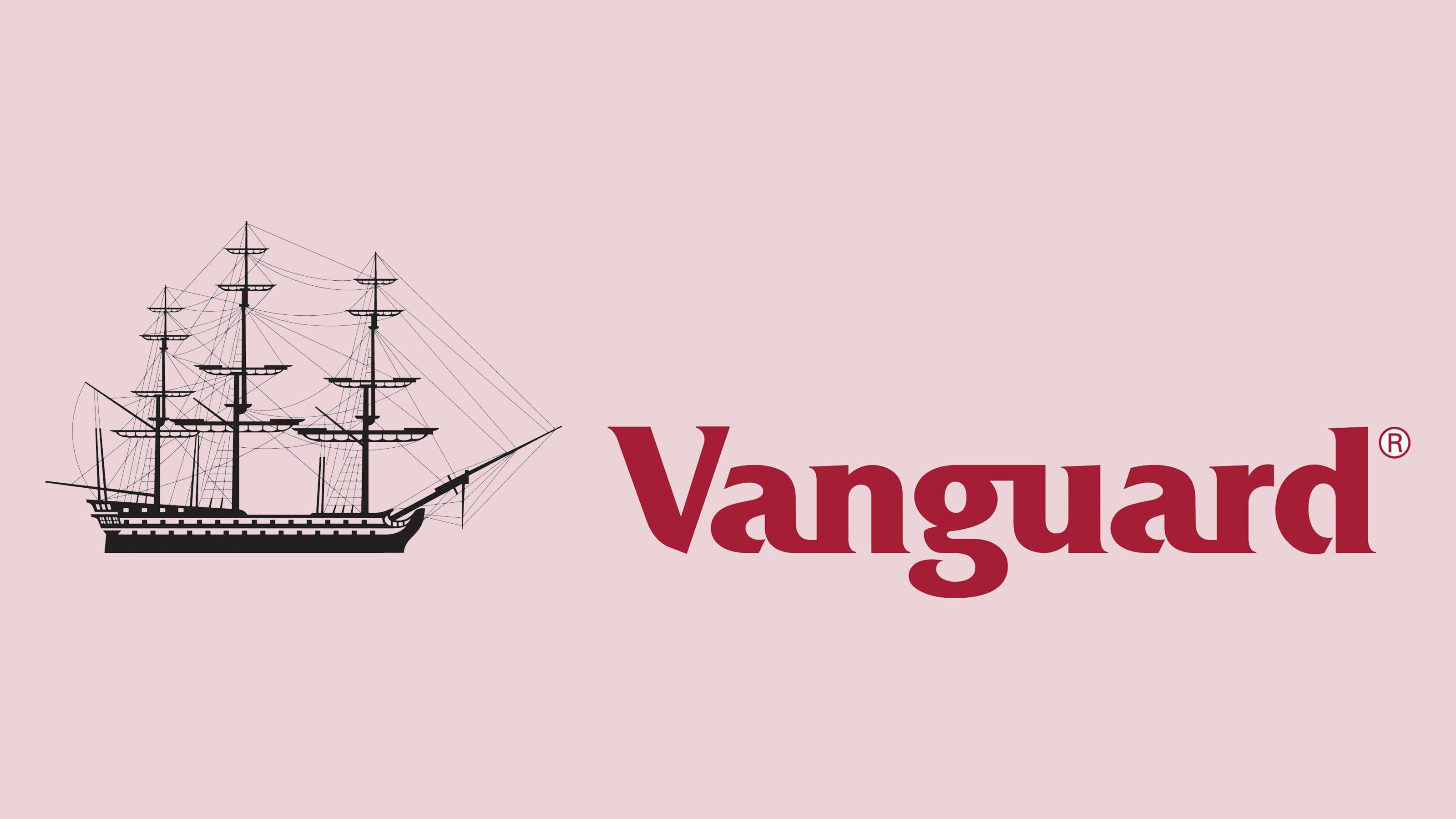
Vanguard High-Yield Corporate Fund Investor Shares
- Assets under management: $29.9 billion
- SEC yield: 2.9%
- Expenses: 0.23%, or $23 annually for every $10,000 invested
- Initial minimum investment: $3,000
Investors looking for a bellwether high-yield bond fund can start with the Vanguard High-Yield Corporate Fund Investor Shares (VWEHX, $6.00), a Kip 25 selection.
This nearly $30 billion behemoth has delivered strong returns throughout more than four decades of existence, and it continues to be one of the cheapest actively managed high-yield mutual funds you can buy.
The secret to the fund's 6.0% annual return over the past decade comes down to manager selection.
Like many of the best Vanguard mutual funds, the firm has outsourced VWEHX's decision-making to Wellington Management. Wellington's Michael Hong, who has spent 13 years running the fund, fine-tunes the holdings with a focus on credit-risk management. Currently, 56% of the portfolio is in BB-rated bonds, which are considered the top tier of the junk market. This helps mitigate volatility and default risk.
VWEHX's average duration is a modest 3.7 years, which implies that the fund would decline 3.7% for every 1-percentage-point increase in interest rates. The fund currently yields a little less than 3%.
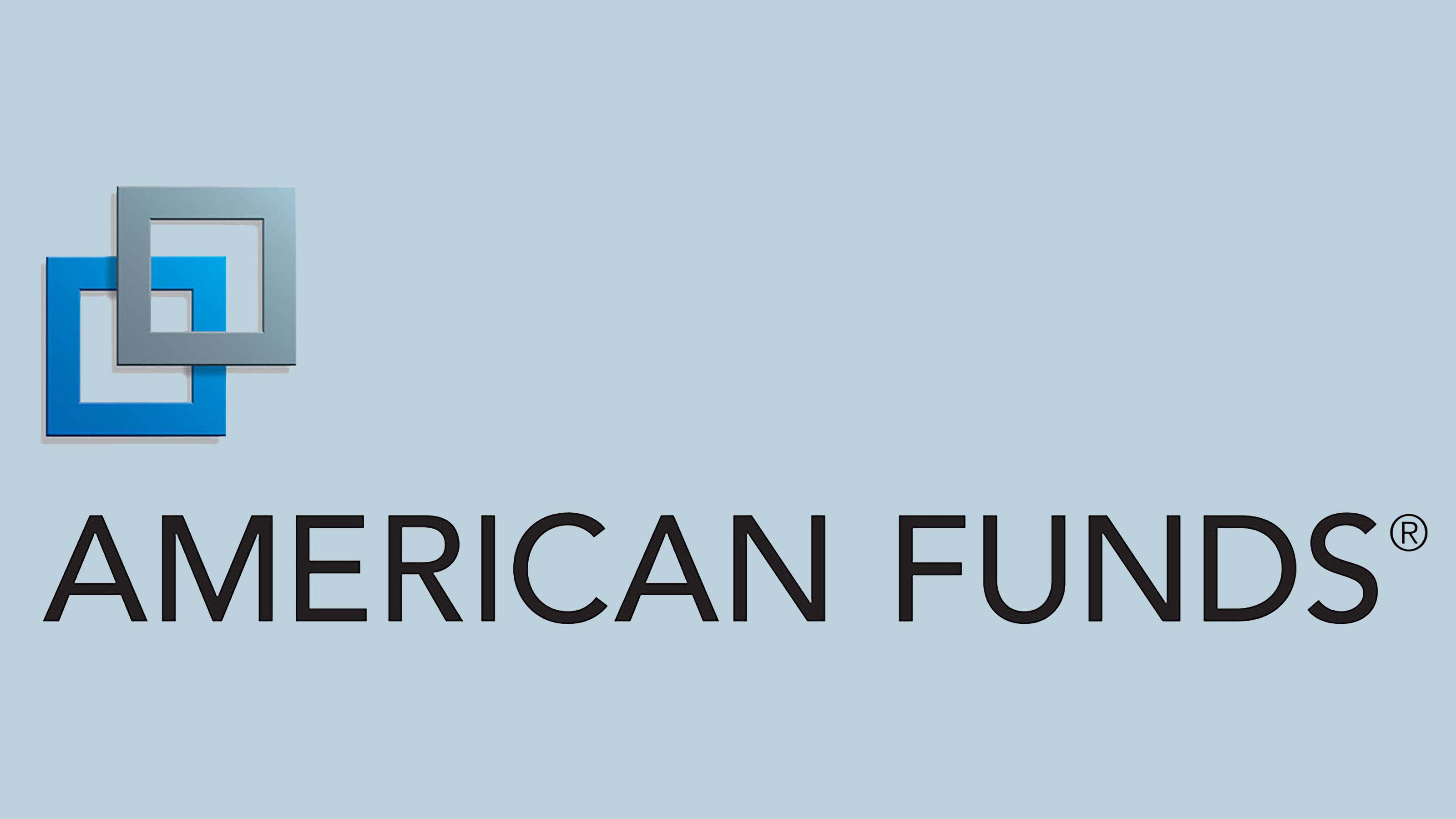
American Funds High Income Trust F-1
- Assets under management: $19.5 billion
- SEC yield: 3.2%
- Expenses: 0.73%
- Initial minimum investment: $250
For investors looking for a little more "oomph" from their high-yield bond allocation, the American Funds High Income Trust F-1 (AHTFX, $10.50) could be a top bet.
Just note that the "oomph" comes from a difference in credit quality.
High Income Trust's focus is on current high income and the potential for capital appreciation. That dual mandate has its team of managers looking at different set of bonds than the previously mentioned Vanguard High-Yield Corporate. Top-tier junk bonds tend to be limited in their ability to provide capital appreciation—not so for lower-graded bonds.
"American Funds High Income Trust has more CCC-and-below-rated bonds than popular ETFs, but CFRA finds the fund as having high reward potential," says Rosenbluth, whose firm gives the fund its top five-star rating.
This leads to a plumper yield than other high-yield mutual funds, but also a potentially bumpier ride depending on economic conditions. But the clearer the economic reopening looks, the more of an edge AHTFX's difference in credit quality might provide.
From an interest-rate-risk standpoint, AHTFX is similar to VWEHX, sporting an average duration of 3.5 years.
Note: Investors can buy the American Funds' no-load F1-share class through a handful of online brokers, including Fidelity and Schwab. (In your 401(k) plan, you don't pay a sales charge to buy shares in any American Funds portfolio.)
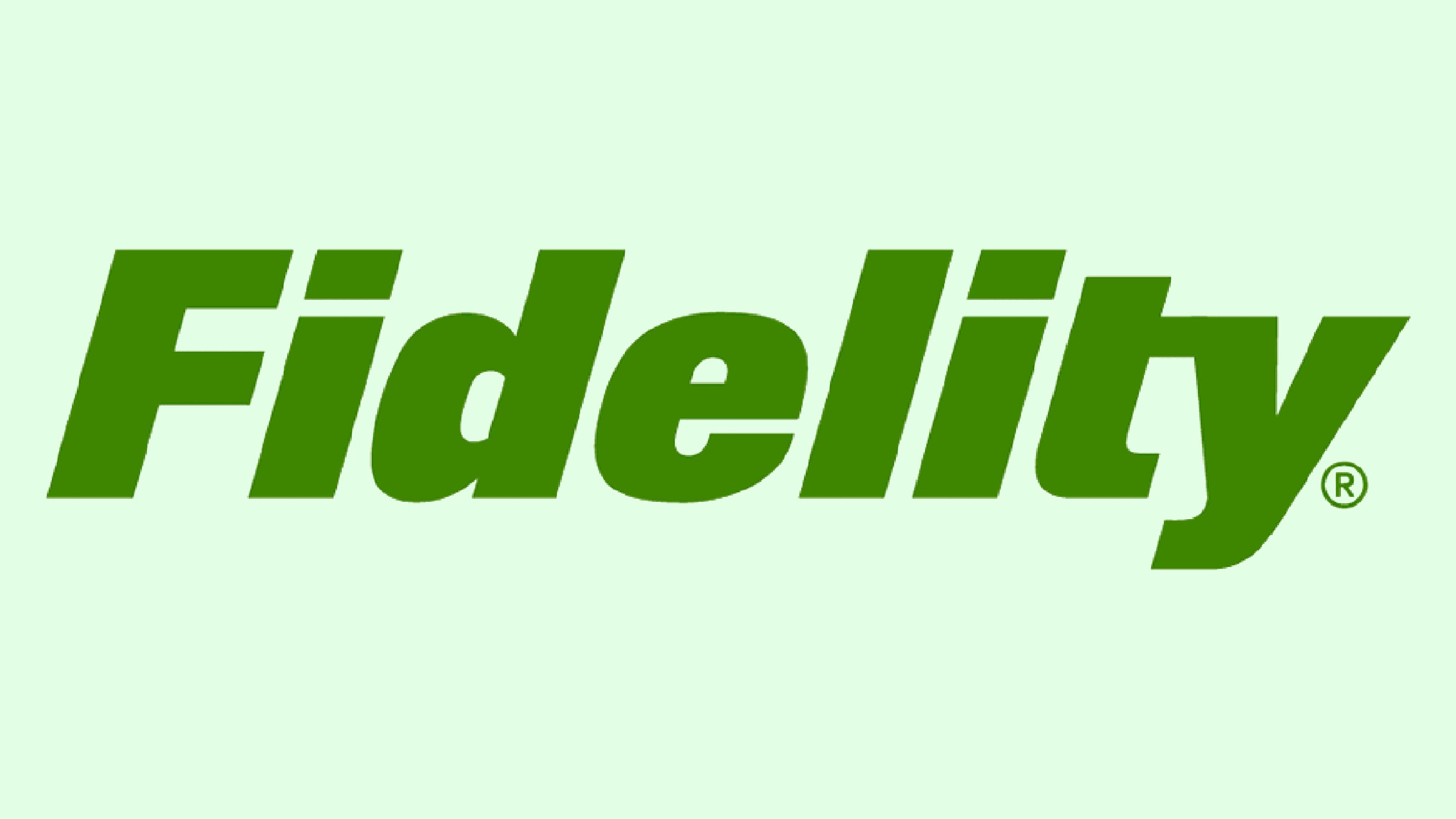
Fidelity Global High-Income Fund
- Assets under management: $120.7 million
- SEC yield: 3.2%
- Expenses: 0.90%
- Initial minimum investment: $0
The United States might be the biggest game in town, but it's not the only one. International assets can help you diversify your risk and potentially produce a smoother long-term ride.
Buying international stocks is a fairly easy process; plenty of foreign multinationals trade on U.S. exchanges and receive ample media and analyst coverage. Bonds are another story. Researching and buying U.S. corporate debt is difficult enough – trying to do so with an international tilt adds yet another layer of complexity.
That's why most investors are better off tapping high-yield mutual funds as a one-stop shop for international bond exposure.
The Fidelity Global High-Income Fund (FGHNX, $9.84) offers both domestic and foreign junk bonds in one package, with a roughly 60/40 U.S.-international split.
Managers Harley Lank, Timothy Gill, and Terrence Pang each take an active role in the various regional sleeves of the portfolio. The trio apply both a top-down approach, making allocation decisions based on macroeconomic factors, as well as a bottom-up approach to individual security selection.
Currently, 45% of the assets in this Fidelity mutual fund are invested in bonds rated BB or better, with another 38% in B-rated bonds. That's what management seems to think will perform in current market conditions; but a 53% turnover ratio signals that the managers are willing to shift their views if and when conditions change.
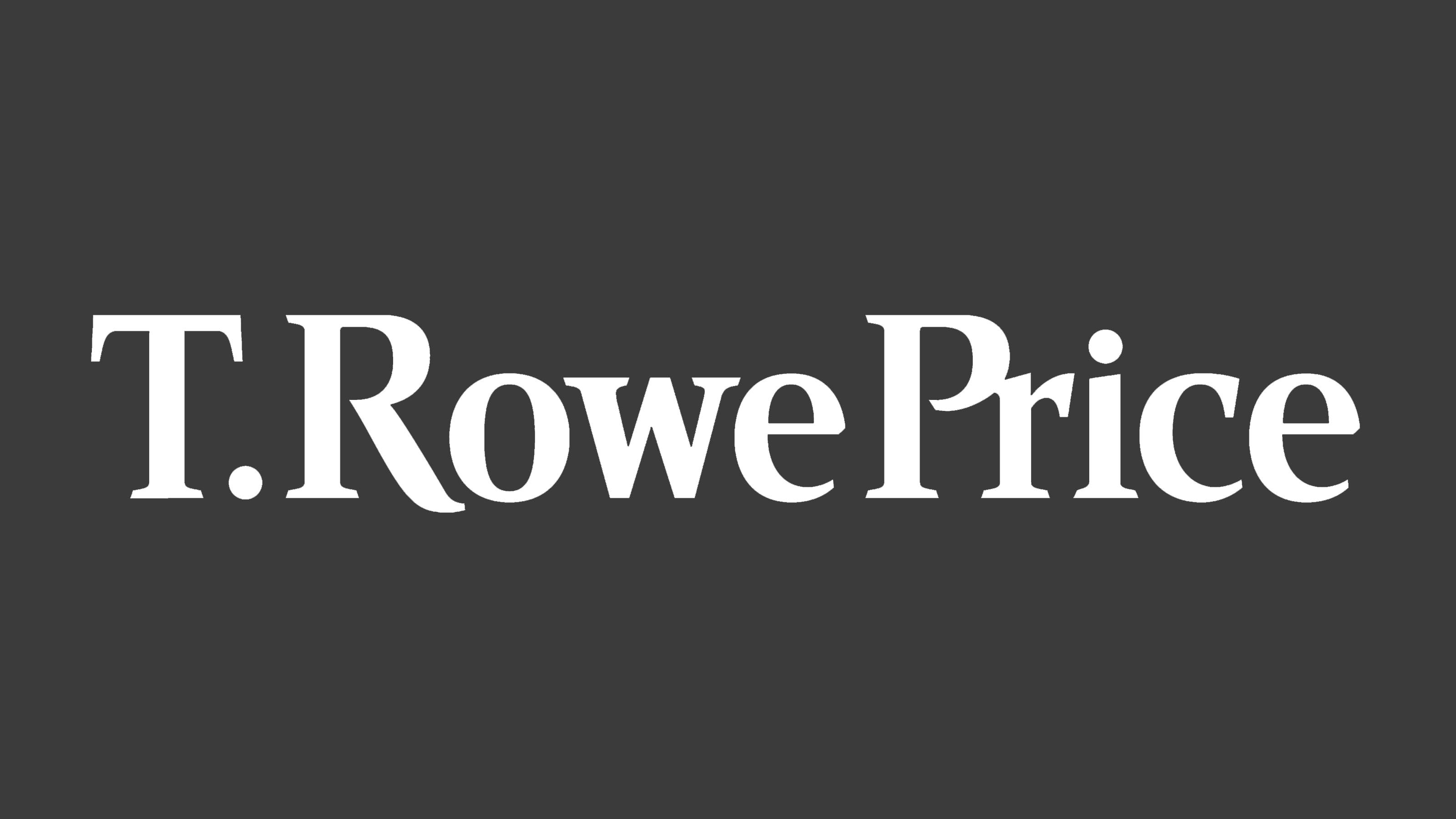
T. Rowe Price Tax-Free High Yield Fund
- Assets under management: $5.7 billion
- SEC yield: 1.3%
- Expenses: 0.62%
- Initial minimum investment: $2,500
The problem with most bonds is that their interest is taxed at ordinary income rates, which could be as high as 36% for some individuals. This makes most high-yield mutual funds particularly unsuitable for taxable accounts; it's best to stick them in your 401(k) or IRA.
But that doesn't mean you can't store junk bonds in your taxable account – if you focus on a specific kind of junk.
Municipal bonds are issued by states, cities and local governments to pay for their daily expenses or pay for special projects. The benefit? Their income is typically exempt from federal tax, and in many cases, state taxes as well.
Just like with regular bonds, however, all munis aren't created equal. Credit worthiness varies from state to state and town to town, which means you can indeed find junk municipal debt. It's here that investors can get more income.
One way to play the junkier side of municipal bonds is the T. Rowe Price Tax-Free High Yield Fund (PRFHX, $12.76).
Manager James M. Murphy, who has managed the fund since 2001, straddles the line between junk and investment-grade munis. Roughly 55% of portfolio is in BB-rated debt or below (or not rated). Another 30% is in BBB-rated junk, and another 13% is in A-rated debt.
Like the previously mentioned Vanguard High-Yield Corporate Fund, PRFHX produces a smoother and less volatile ride, while still providing a high total return. The high-yield bond fund has beaten both the Bloomberg 65% High Grade/35% High Yield Index and the Morningstar category average over the trailing 10 and 15 years; it also has beaten the Lipper High Yield Municipal Debt Funds Average over the last decade.
By the way, that 1.3% SEC yield isn't as low as it seems. On a "tax-equivalent" basis (what a taxable bond would have to offer in yield to deliver the same amount of yield as a tax-free muni bond), PRFHX actually yields about 2.2%, and potentially a little more depending on what state you reside in.
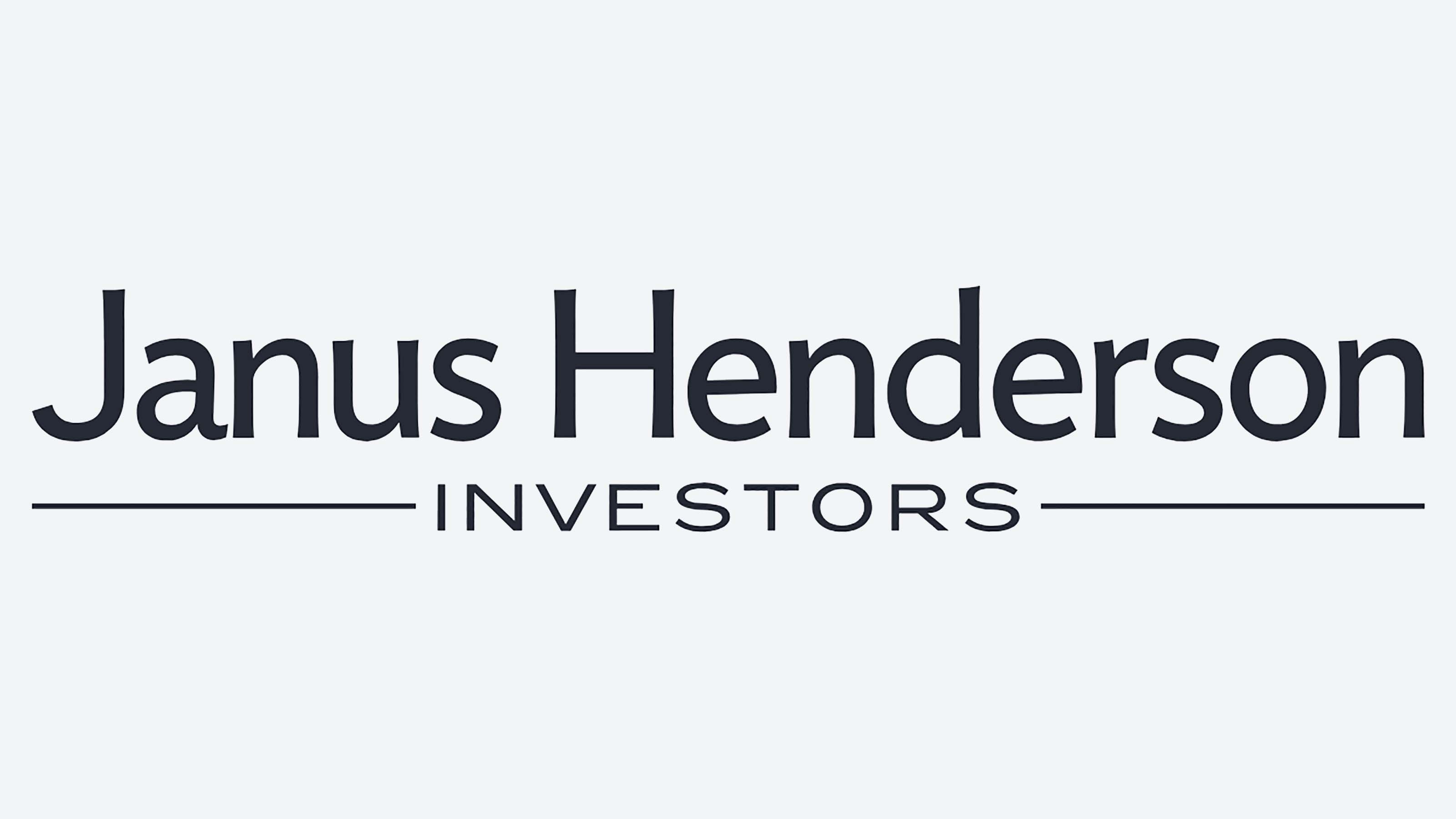
Janus Henderson High-Yield Fund Class T
- Assets under management: $1.2 billion
- SEC yield: 3.7%
- Expenses: 0.87%
- Initial minimum investment: $2,500
One way that active management can significantly outperform indexes is by taking a high-conviction approach to constructing their portfolios, holding fewer positions at greater concentrations than the indexes.
So in other words, high-yield mutual funds can excel by putting their money behind their best ideas.
Janus applies this approach to numerous products, including Janus Henderson High-Yield Fund Class T (JAHYX, $8.63). The fund owns 253 different high-yield issues. That might seem like a lot, but consider that the fund's benchmark – the Bloomberg U.S. Corporate High Yield Bond Index – has closer to 2,200 holdings.
In addition to credit analysis, Janus also applies sector fundamental analysis to discover potential outperformers.
The proof is in the pudding. JAHYX has outperformed its benchmark since its inception near the end of 1995, returning roughly 7.3% annually over that time.
"Janus Henderson High Yield Fund is an example of moderately priced, actively managed five-star fund," Rosenbluth says about the institutional N-class shares, which charge 0.62% but have a $1 million minimum investment. The T-class shares discussed here charge more, at 0.87%, but require a mere $2,500 minimum buy-in.
Learn more about JAHYX at the Janus Henderson provider site.
Get Kiplinger Today newsletter — free
Profit and prosper with the best of Kiplinger's advice on investing, taxes, retirement, personal finance and much more. Delivered daily. Enter your email in the box and click Sign Me Up.
-
 12 Investments No Retiree Should Make
12 Investments No Retiree Should MakeIn retirement, when it's wise to take fewer risks with your nest egg, some investments are just nuts.
By David Rodeck
-
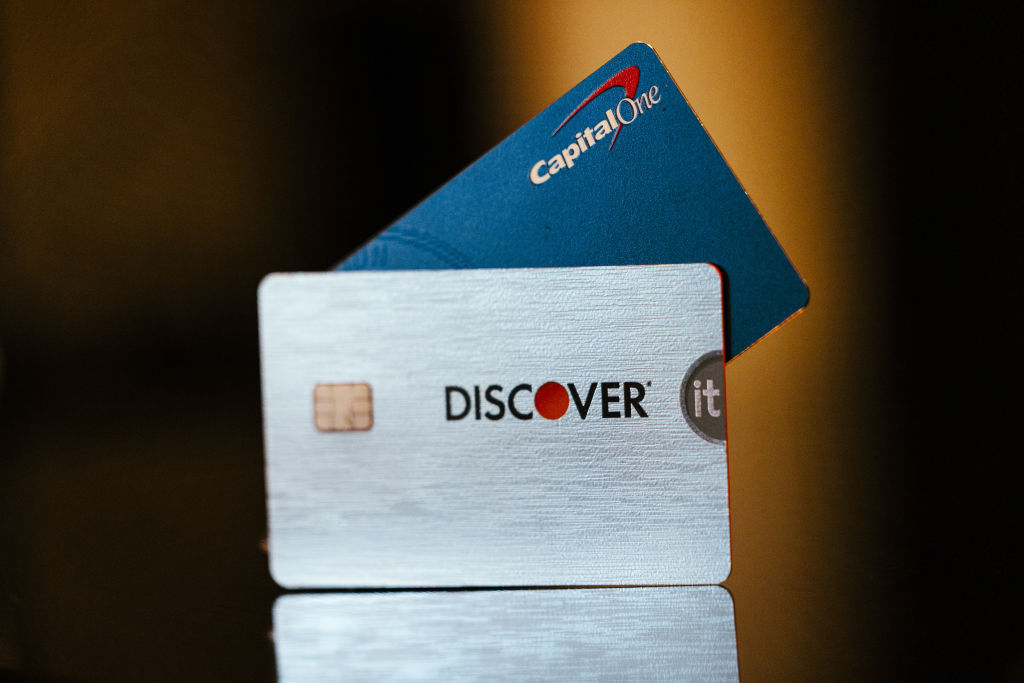 What the Capital One Discover Merger Means for Your Wallet
What the Capital One Discover Merger Means for Your WalletThe Capital One Discover merger reshapes the credit card landscape and could impact your credit card rewards, interest rates and card perks.
By Paige Cerulli
-
 The Cheapest Places To Retire in the US
The Cheapest Places To Retire in the USWhen you're trying to balance a fixed income with an enjoyable retirement, cost of living is a crucial factor to consider.
By Stacy Rapacon
-
 Smart Ways to Invest Your Money This Year
Smart Ways to Invest Your Money This YearFollowing a red-hot run for the equities market, folks are looking for smart ways to invest this year. Stocks, bonds and CDs all have something to offer in 2024.
By Jeff Reeves
-
 Vanguard's New International Fund Targets Dividend Growth
Vanguard's New International Fund Targets Dividend GrowthInvestors may be skittish about buying international stocks, but this new Vanguard fund that targets stable dividend growers could ease their minds.
By Nellie S. Huang
-
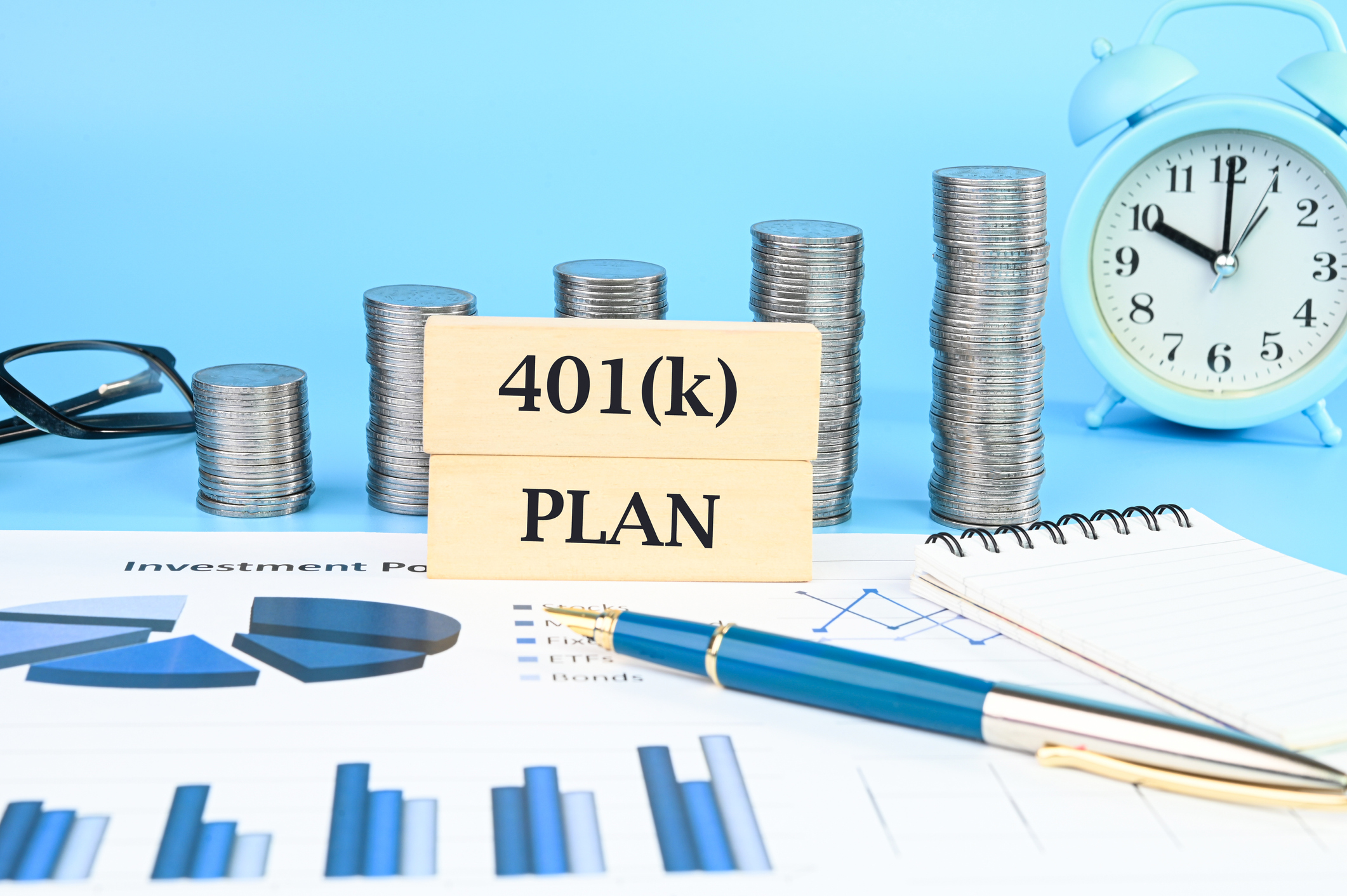 Best 401(k) Investments: Where to Invest
Best 401(k) Investments: Where to InvestKnowing where to find the best 401(k) investments to put your money can be difficult. Here, we rank 10 of the largest retirement funds.
By Nellie S. Huang
-
 7 Best Stocks to Gift Your Grandchildren
7 Best Stocks to Gift Your GrandchildrenThe best stocks to give your grandchildren have certain qualities in common.
By Dan Burrows
-
 How to Find the Best 401(k) Investments
How to Find the Best 401(k) InvestmentsMany folks are likely wondering how to find the best 401(k) investments after signing up for their company's retirement plan. Here's where to get started.
By Deborah Yao
-
 How to Master Index Investing
How to Master Index InvestingIndex investing allows market participants the ability to build their ideal portfolios using baskets of stocks and bonds. Here's how it works.
By Nellie S. Huang
-
 Dividends Are in a Rut
Dividends Are in a RutDividends may be going through a rough patch, but income investors should exercise patience.
By Jeffrey R. Kosnett
